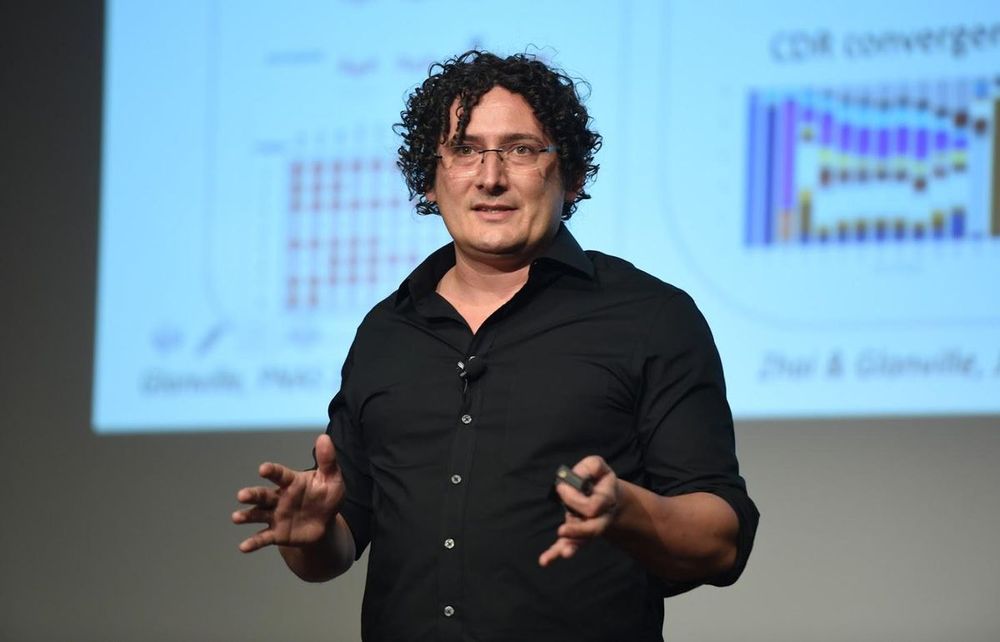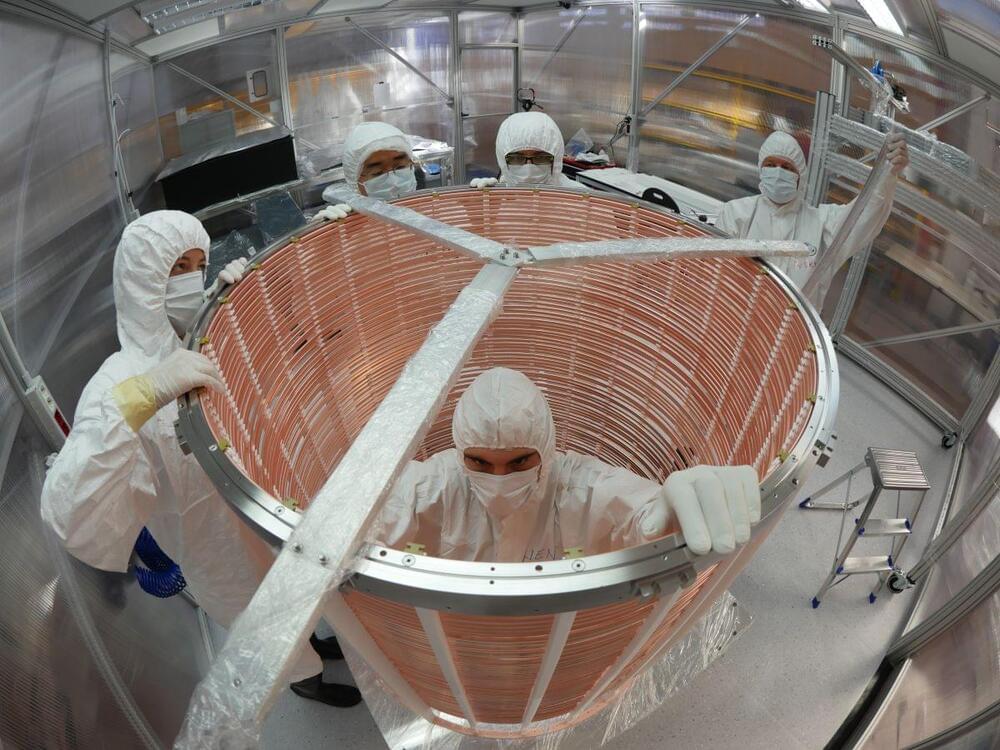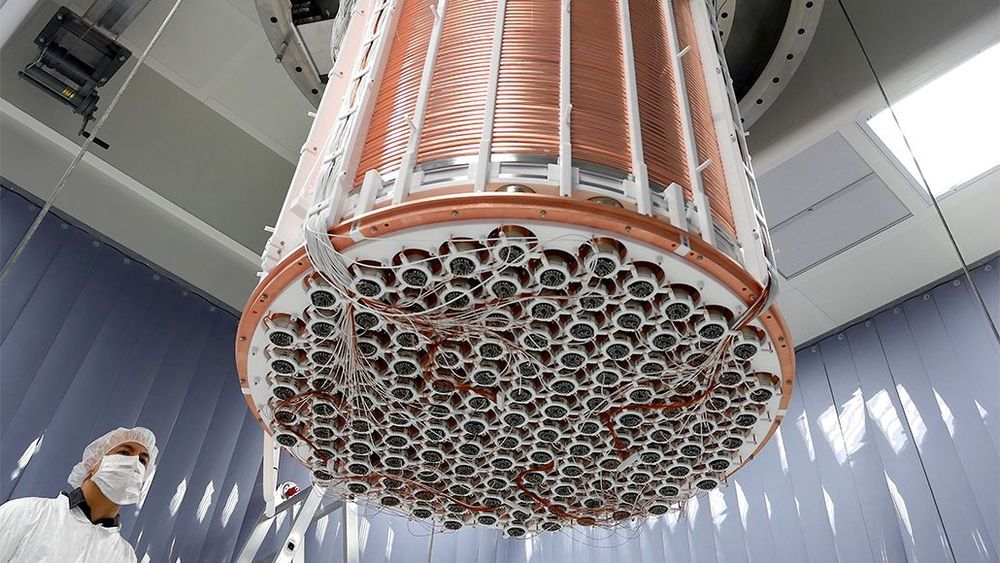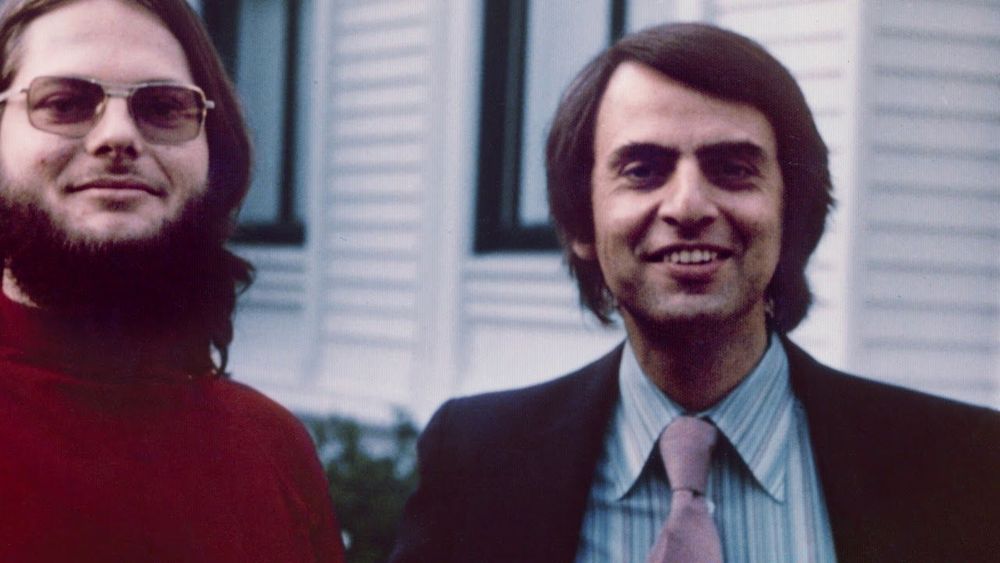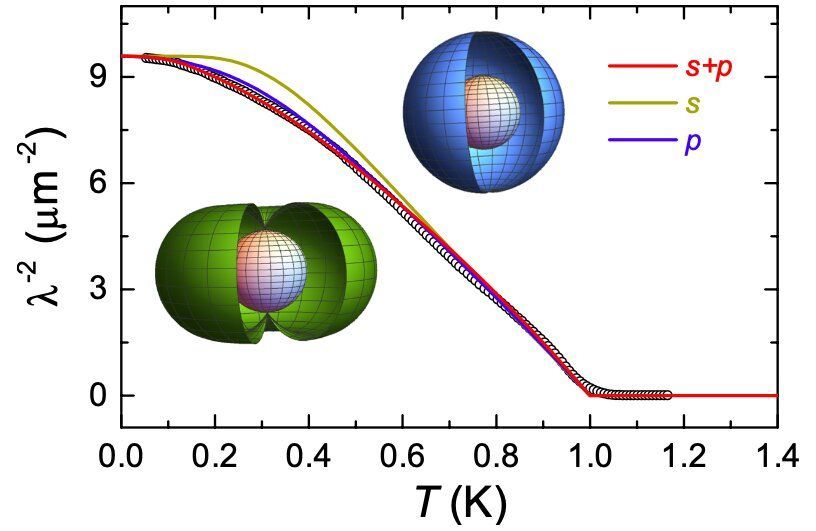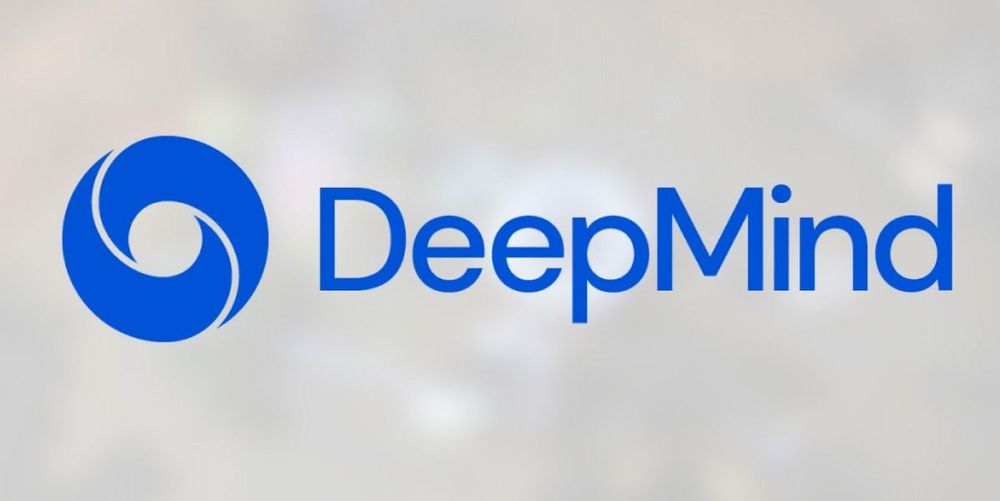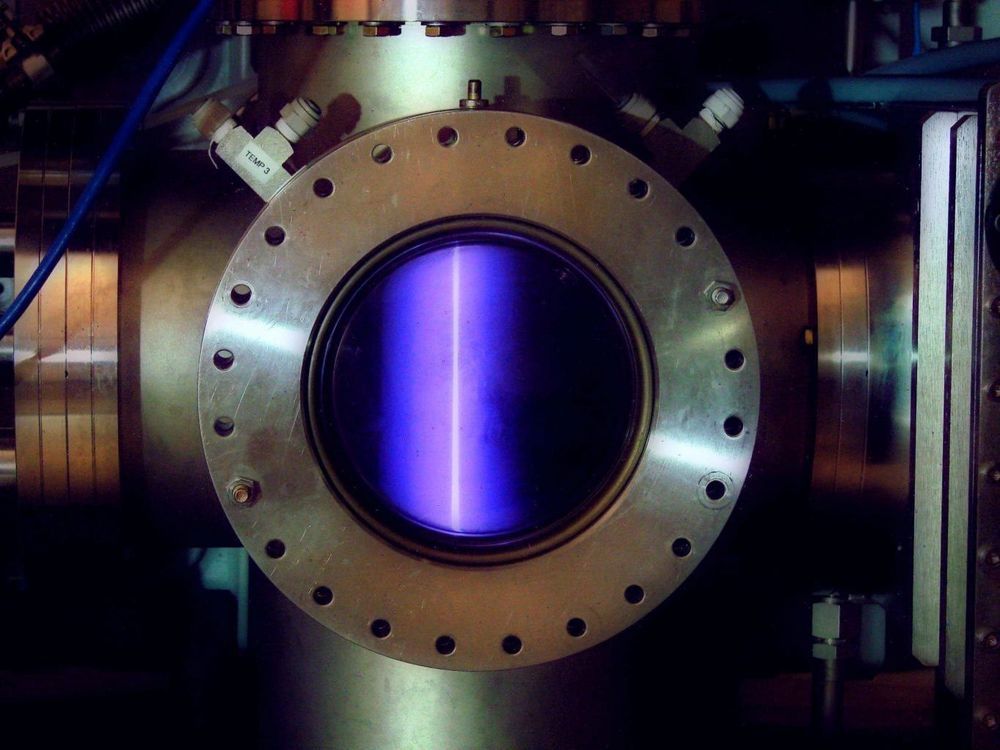Via Jacob Gunn Glanville
Here’s the Forbes article on our program. Press release and some media to follow. We will be publishing our manuscript within a week to bioarxiv.
Jacob Glanville is an admirer of the human immune system — but he thinks we can do better.
On Tuesday, his company Centivax announced that they have created optimized antibodies that protect hamsters from lethal amounts of the virus that causes COVID-19. Compared to animals that did not receive the antibody, treated hamsters were found to have 97 percent less virus in their lungs after 48 hours.
This is a milestone for Centivax, which is among many companies trying to develop antibody treatments for COVID-19. Centivax’s antibodies are unique, however, in how they are made. Rather than using mammalian cells to produce a protein drug, which is common, slow, and expensive, Centivax is using cheap bacteria.
